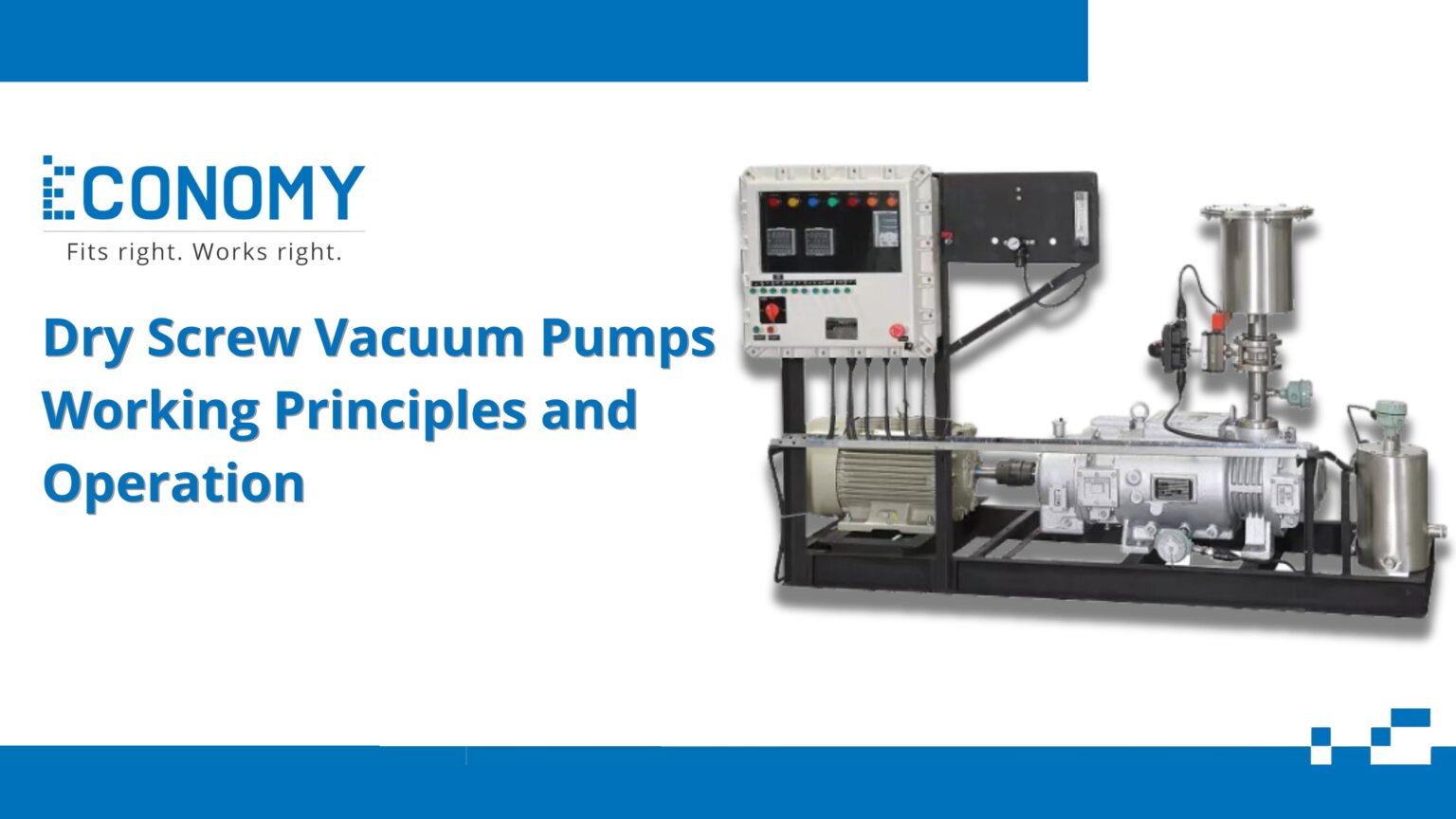Introduction To Dry Screw Vacuum Pumps
Dry screw vacuum pumps are a crucial component in various industrial applications, ensuring the efficient removal of gases and vapors from a sealed environment. Understanding the principles and operation of these pumps is essential for anyone looking to optimize their vacuum processes. In this guide, we will delve into the world of dry screw vacuum pumps, exploring how they work and why they are preferred over other types of vacuum pumps in many industries.
By gaining a comprehensive understanding of the principles behind these pumps, beginners can make informed decisions when selecting and operating them in their own applications. So let’s dive into the fascinating world of dry screw vacuum pumps and unlock their potential for achieving high-performance vacuum systems.
Principles Of Operation Of Dry Screw Vacuum Pumps
The basic principles of dry screw vacuum pumps are based on the concept of using two intermeshing screw rotors to create a vacuum within the pump chamber. As the rotors rotate, they trap and transport gas molecules from the inlet to the outlet of the pump, effectively removing them from the system. This process is achieved without the use of any oil or water as a sealing or lubricating agent, making dry screw vacuum pumps ideal for applications where contamination-free operation is crucial.
Additionally, dry screw vacuum pumps operate with high efficiency and reliability, providing consistent performance over a wide range of pressures. By understanding these principles and how they translate into the operation of dry screw vacuum pumps, beginners can gain valuable insights into how these devices work and how to optimize their performance for various industrial applications.
Components And Maintenance Of Dry Screw Vacuum Pumps
Dry screw vacuum pumps consist of several key components that work together to create a vacuum environment. The main components include the screws, which are the primary moving parts responsible for generating the vacuum by rotating and trapping gas molecules between the threads. Additionally, there are bearings that support the screws and allow them to rotate smoothly, as well as seals that prevent leakage of air into the system.
To ensure optimal performance and longevity of a dry screw vacuum pump, regular maintenance is essential. This includes monitoring and replacing worn out seals and bearings, checking for any leaks in the system, and cleaning or replacing filters to prevent clogging. By understanding these components and performing routine maintenance tasks, beginners can effectively operate dry screw vacuum pumps for various industrial applications.
Applications And Benefits Of Dry Screw Vacuum Pumps
Dry screw vacuum pumps have a wide range of applications across various industries due to their reliable and efficient operation. One of the key benefits of dry screw vacuum pumps is their ability to handle both wet and dry processes without the risk of contamination or oil backflow. This makes them ideal for applications in semiconductor manufacturing, pharmaceutical production, and food packaging where cleanliness and purity are essential.
Additionally, dry screw vacuum pumps are capable of achieving high vacuum levels with minimal maintenance requirements, reducing downtime and operating costs. Their compact design also allows for easy integration into existing systems, making them a versatile solution for a variety of vacuum process applications. Overall, the applications and benefits of dry screw vacuum pumps make them a valuable asset in modern industrial processes.











